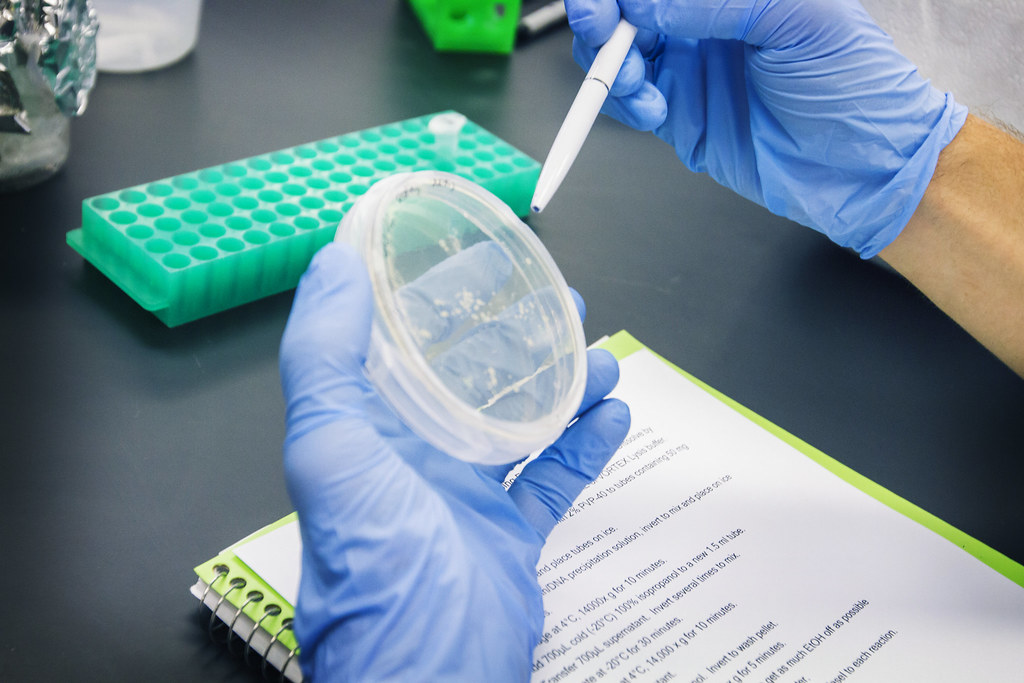Biotechnology in the Limelight: New Article by Corvinus Researchers
A highly topical article has recently been published by CUB researchers in Statisztikai Szemle (Volume 99, No. 6.). The paper examines the economic prospects for biotechnology industry, focusing on the situation in Hungary. The paper is gap-filling, because the economic performance of the Hungarian biotechnology sector has not been analysed and evaluated in the last ten years, despite the global tendencies of biotechnology industries and biotech R&D companies driving economic growth.
The COVID-19 pandemic has put the spotlight on the significance of biotechnology: there was a fierce global race to develop medication and vaccine for the coronavirus. It is reasonable to ask where Hungary is in the global race of biotechnology research and development and what characterises the sector.
Biotechnology, which manipulates living organisms or materials to produce knowledge, products, or services is a key technology that contributes to international competitiveness. In 2009, under the coordination of the Hungarian Biotechnology Association, the BNTP (Biotechnology National Technology Platform) defined the strategic goals of the biotechnology industry for 2030.
The authors of the study (Zrubka, Zsombor; Kincses, Áron; Gilyán, Csaba; Huber, Anikó; Horváth, Zsófia; Huszák, Loretta; Tóth, Barbara; Pogány, Petra and Gulácsi, László ) published in Statisztikai Szemle (date of publication: June 15, 2021) aim to assess the status of the biotechnology industry and the fulfilment of the development goals set for 2030, and also map data that enable the measurement of the sector’s functioning, performance, and societal-economic benefits. Studies of the Hungarian biotechnology industry are reviewed, and definitions of the bio-technology sector are explored. Due to the lack of a comprehensive database of the sector’s scientific and business achievements, the key performance indicators for the 2008–2018 period are analysed from multiple sources (National Data Collection Programme led by the Hungarian Central Statistical Office, Statistical Classification of Economic Activities in the European Community [NACE], and a firm registry database [Cégfürkész]).
The authors assume that biotechnology research and industry performance are interconnected, therefore, the scientific output of Hungarian biotechnology research is also assessed. The sector is heavily fragmented. The data clearly show that still predominantly micro and small enterprises are engaged in R&D activities in biotechnology. These companies have a moderate turnover and were typically established to perform research as an ancillary activity. The study also covers the innovation output of Hungarian biotech companies, i.e. the innovations themselves. Over the past 10 years, Hungarian biotech companies have not become more active in obtaining industrial property right protection. However, the biotech R&D sector is IP active as compared to other industries in Hungary. Some companies obtained protection for their innovative research results, so these are successful in terms of the innovative output of their activities. These companies work mostly in red biotechnology. Unfortunately, their share in the Hungarian biotechnology R&D subsector is low.
The full study entitled A biotechnológia hazánkban (Biotechnology in Hungary) is available here.